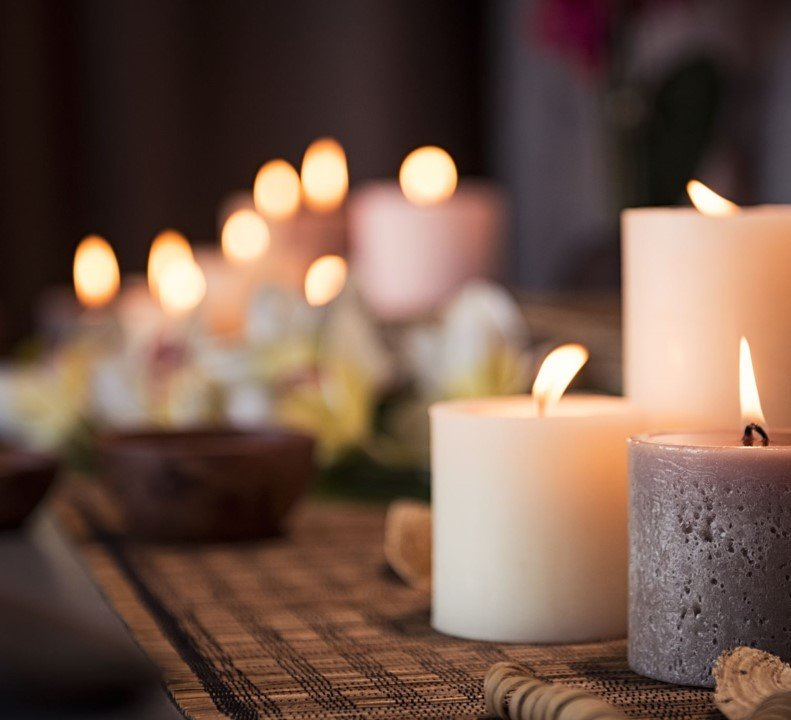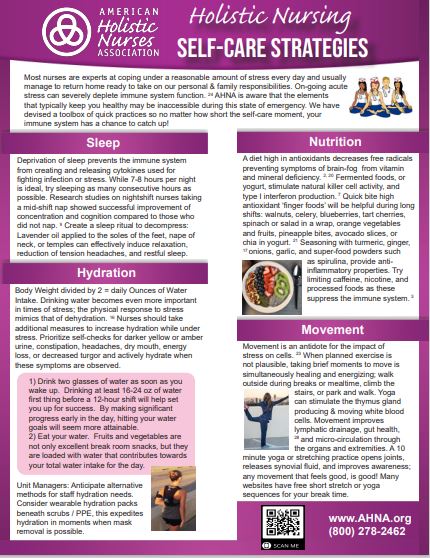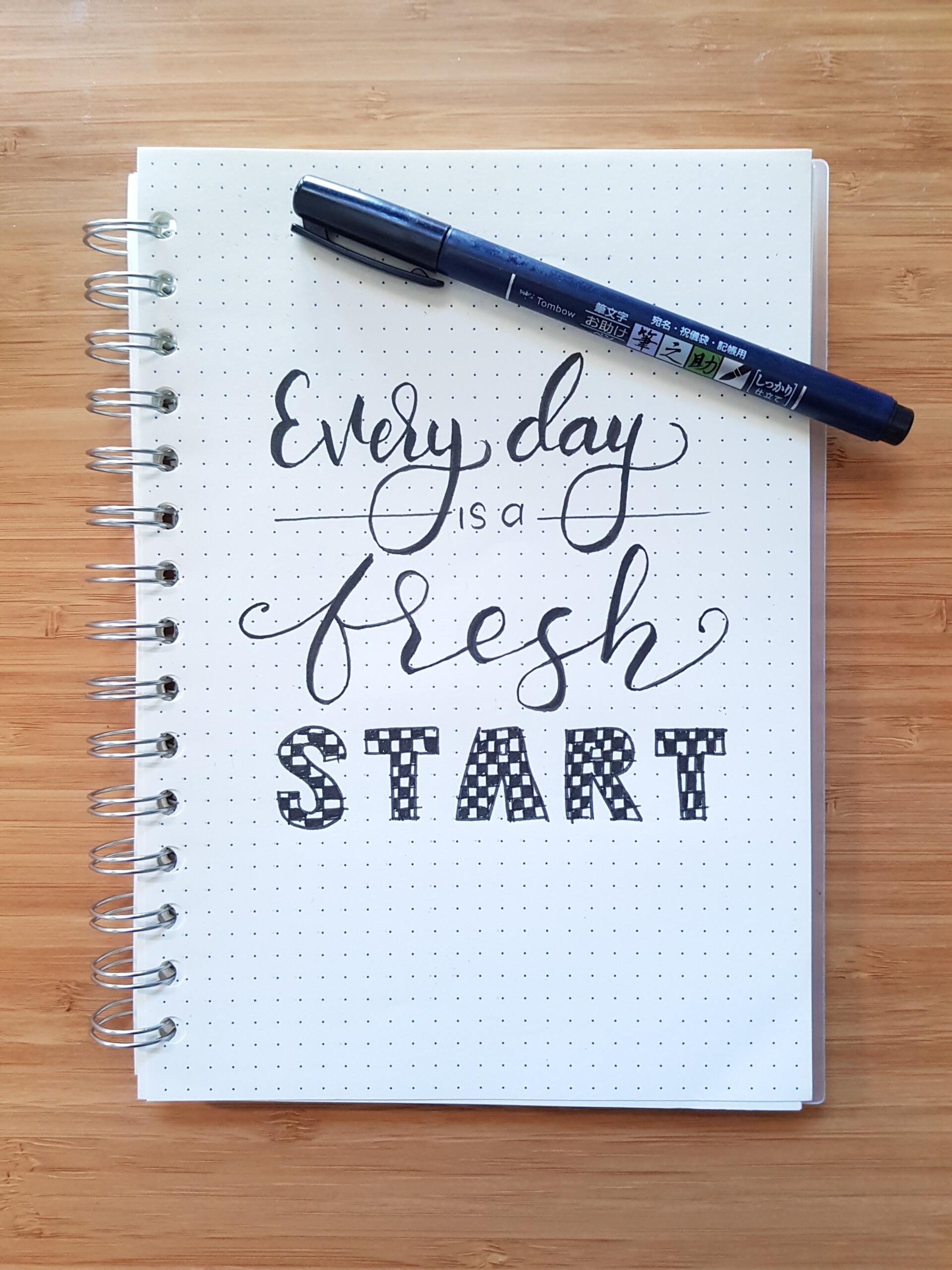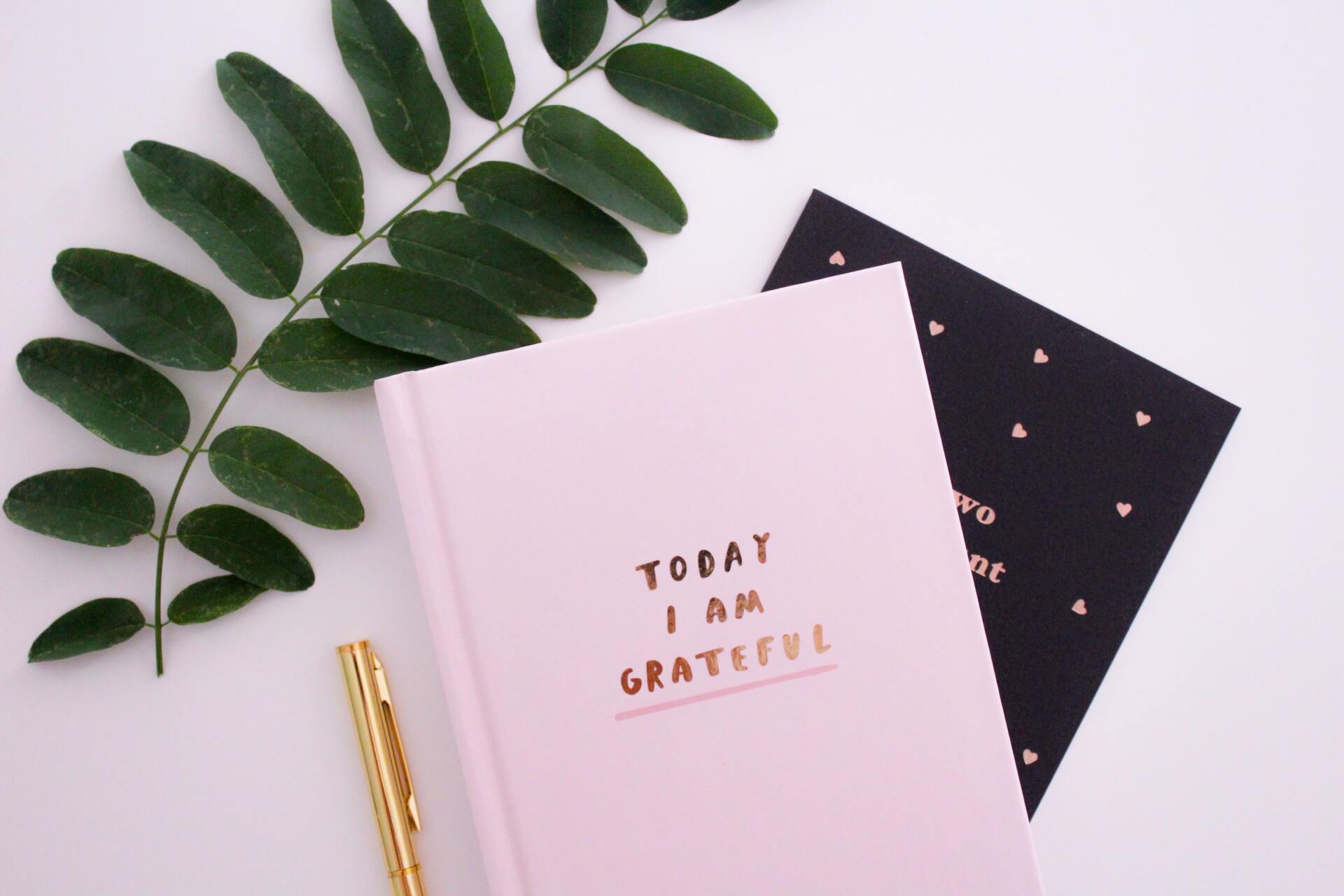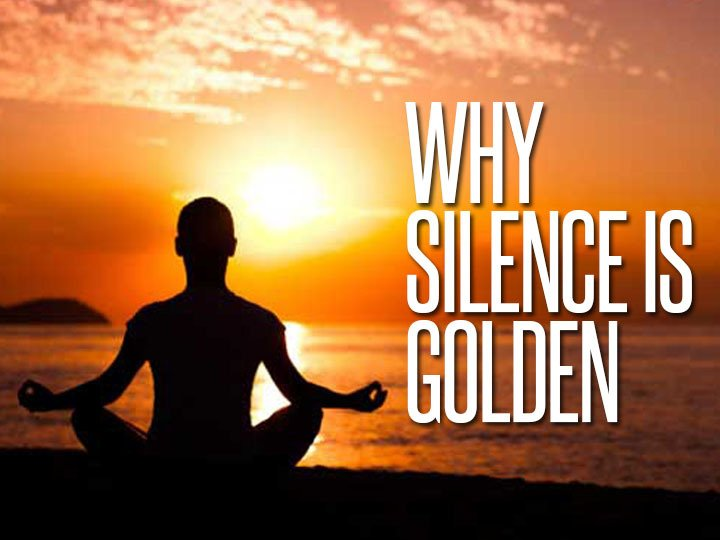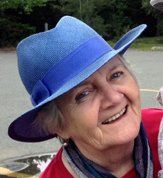Exploring Self-Care
A wellness series for nurses
DISCLAIMER: The information, facts and opinions provided here are not intended to be a substitute for professional advice. Always consult your primary healthcare provider for any medical advice, diagnosis, or treatment and before undertaking a new diet or exercise plan.
October 14, 2021: AHNA Self-Care Strategies
August 3, 2021: Complementary Therapies for Self Care
Background
As I listened to the RNAO open forum for nurses to share their feelings during COVID, I was encouraged by how many nurses, nursing groups and healthcare institutions were concerned about the stress nurses were facing and used some form of Complementary Therapies (CT) from faith/spiritual based to mind/body practices for self-care and stress management. While in holistic nursing practice the individual nurse has a responsibility for self-care, their workplace and government also have a responsibility for policies and resources to support the nurse’s health, safety and well-being. The RNAO has developed a number of good BPGs relating to creating healthy workplace environments for the nurse that can be viewed at https://rnao.ca/sites/rnao-ca/files/HWE_PocketGuide2013.pd
The Complementary Therapies Nurses’ Interest Group (CTNIG) has always promoted the use of CT as part of a holistic approach to nursing and healthcare as well as self-care and has offered a variety of ideas and resources in our newsletters and on our website. rnao-ctnig.org
We have included some resources here that may help you develop a self-care practice.
*** If you are in need of further support for mental health issues, please contact your healthcare provider or a therapist.
SELF-CARE RESOURCES
1. RNAO-Complementary Therapies Nurses’ Interest Group rnao-ctnig.org
Exploring Self-Care
The CTNIG has initiated a wellness series called Exploring Self-Care on its website to create opportunities in the development of an individualized self-care program.
This is done through awareness of a variety of self-care strategies, ideas and resources for stress reduction, health and well-being that can be utilized based on the nurse’s unique needs.
Additions are made on an ongoing basis.
2. American Holistic Nurses Association www.ahna.org and it’s international chapter Canadian Holistic Nurses Association CHNA.ca
Stress Management and Resilience Resources For Healthcare Workers - Some of the first publications specific to nurses in the COVID 19 response
Holistic Self-Care Strategies for Nurses - Tools for managing stress
3. Be Your Own Healer: Self-Care with Therapeutic Touch
Crystal Hawk, MEd, RT, QTT and Alison Cooke, BSA (Hon), Bed, RT
Therapeutic Touch (TT) for Self-Care programs in the book teach you how to use the techniques of TT for your own good health. You’ll learn about centering yourself, and clearing your field, and you’ll be reminded to rest after each treatment so that your field can remain in its new harmonious state. You can see all the exercises and listen to the imageries on YouTube
https://www.youtube.com/playlist?list=PLNXnJ2P0Ei1o5DPwnYXrzCi6TWP-HKwQw
*The self-care program was initially developed by Crystal at Gilda’s Club Greater Toronto
4. Health Journeys - Belleruth Naparsteck healthjourneys.com
Provide evidence-based self-help audio recordings of guided experience (such as imagery, meditation, relaxation, hypnosis, acupressure, yoga) that alleviate distress and assist with medical and mental health challenges. They have free offerings on You Tube www.youtube.com/healthjourneys
5. TEND www.tendacademy.ca
Offer resources and training to address complex needs of high stress, trauma exposed workplaces to frontline workers, managers, supervisors and support staff in multiple formats.
Resources on their website include compassion fatigue, secondary trauma, vicarious trauma, Mindfulness-Based Stress Reduction.
6. Sounds True www.soundstrue.com
Created the largest living library of transformational teachings that support personal transformation and spiritual awakening through books, audio programs, online learning and in-person events. They have ongoing free offerings on website and on You Tube www.youtube.com/user/SoundsTrueVideos
7. Association for Comprehensive Energy Psychology (ACEP) www.energypsych.org
ACEP has a global membership of over 1,200 licensed mental health professionals and allied health practitioners.
ACEP members are dedicated to exploring, developing, researching and applying energy psychology methods to alleviate human suffering, enhance human performance and access human potential. ACEP is an approved provider of continuing education for psychologists, social workers, professional counselors, nurses, marriage and family therapists, and drug and alcohol counsellors.
They provide Resources for Resilience - free access to self-help techniques that can help you recover more quickly and easily from stressful events.
8. DailyOM www.DailyOM.com
Features a universal approach to holistic living for the mind, body, and spirit and supports people who want to live a conscious lifestyle. They offer a selection of courses, articles, tools, and resources all aimed at helping people improve their wellbeing.
9. Lucia Thornton http://www.luciathornton.com
Lucia Thornton is a former president of the American Holistic Nurses Association and has been involved in nursing, holistic healing and healthcare for over 40 years. She developed the model Whole Person Caring and has written and spoken at conferences world-wide on topics of self-care and self-healing practices, holistic and integrative nursing among others.
Her website includes articles, resources, videos and courses on holistic nursing and self-care.
10. Liberate Meditation App - https://liberatemeditation.com/
A subscription-based meditation app that includes practices and talks designed for the Black community. Practices are led by meditation teachers representing BIPOC (Black, Indigenous, and People of Colour) communities. The app is designed to support Black individuals on their path to healing by naming and offering resources for common cultural experiences, like internalized racism and micro-aggression.
11. Natural Health Practitioners of Canada Holistic Health Guide https://www.nhpcanada.org/for-the-public/holistic-health-guide/index.html
Established in 1988, the Natural Health Practitioners of Canada (NHPC) is the largest holistic health association across Canada that offer a listing of holistic health practices with a history of the practice, a definition, a treatment section, and reasons to explore the practice.
Committed to raising public awareness of holistic health in the ever-changing landscape of health and wellness and promoting and improving the health of people through information about Complementary Therapies/Holistic Health Practices.
12. M.T.O. Tamarkoz Association - The Art of Sufi meditation https://www.facebook.com/TamarkozApp/ https://www.instagram.com/tamarkozapp/?hl=en
The Tamarkoz®️ method is the art of self-knowledge through concentration and meditation. It dates back 1,400 years. The Tamarkoz App provides practices to reduce stress, relax, improve focus, sleep better, and gain a more positive perspective on life.
They offer free meditation (Tamarkoz) and balancing (Movazeneh), daily live and recorded videos about 30 minutes long provided by psychologists, psychotherapists, and other Health Care Professionals in different time zones and available in multiple languages, free on facebook and Instagram. Tamarkoz App provides more enhanced meditation guidelines. This initiative was developed and enhanced in 2020 in response to the increased need for stress management due to the Pandemic.
13. Healthline - 30 Grounding Techniques to Quiet Distressing Thoughts
https://www.healthline.com/health/grounding-techniques
Healthline offers health and wellness information.
14. Guide to finding Mindfulness programs
Talking to your health care provider about your mental health concerns is an important step towards feeling better. They can support you, provide help and guide your progress. If your next step is to learn about Mindfulness Based Stress Reduction (MBSR) and Mindfulness Based Cognitive Therapy (MBCT) Programs and find a program, read this guide. The programs included here are all group programs.
What are Mindfulness Based Stress Reduction (MBSR) and Mindfulness Based Cognitive Therapy (MBCT) Programs?
MBSR programs work well for people who have stress from chronic physical and psychological conditions. These group programs teach practical skills to manage stress, including how to be calm in stressful situations.
MBCT combines mindfulness and cognitive behaviour therapy to help you change how you usually react to situations. Learning these new skills can help you better manage depression and anxiety.
The MBSR and MBCT programs involve doing homework and practicing skills in between sessions.
15. Positive psychology:15 art therapy activities, exercises, and ideas for children and adults.
https://positivepsychology.com/art-therapy/
Art therapy is a blended field of therapeutic practice that combines art and psychology, utilizing the creative process, artistic techniques, and external artwork to support individuals to develop self-awareness, explore emotions, and address unresolved conflict or trauma.
3 free positive psychology downloads are available.
Development of Self-Care
Ideally, the selection of Complementary Therapies and other healthcare/lifestyle practices for self-care are framed within a holistic/integrative approach including a practice of self-reflection/exploration, self-awareness and self-compassion.
Where to start?
What if you were to...
1. Make a commitment to regularly set aside some time for self-reflection.
Be kind and compassionate towards yourself during the process, recognizing that imperfection is a part of the human experience and that you love and accept yourself as you are.
2. Begin the process by focusing your attention on your heart and connect to feelings of love and compassion.
Acknowledge that you are a divine, sacred being.
Set the intention that this process is for your highest and greatest good and those around you.
3. Look at yourself through the lens of an observer during self-reflection. Practices of mindfulness, deep breathing, guided imagery, music/sound, art and journaling can help develop this ability.
As an observer you may be more able to uncover patterns and habits, both healthy and unhealthy; and blocks such as resistance to change, attitudes and beliefs, and self-doubt without judgement.
4. Assess your needs based on individual factors that include your personal attributes: physical, mental, emotional, spiritual, economic, workplace and relationship components.
Determine what things really matter to you (things to do) and things that distract and drain from that which really matters to you (things not to do).
5. Listen and see what comes up most intensely as you assess, to guide you where to start. Then start with small steps …
It can be to sit down and eat mindfully when your hungry; appreciate the wind blowing through your hair, the sights and sounds of nature when on a walk; say no to that request to sit on another committee; increase your physical activity by taking the stairs instead of the elevator more often; listen to guided imagery/meditation. Honour your own needs.
6. Start with a goal/self-care practice that is simple, achievable and sustainable based on your needs; knowledge of and skills in various self-care strategies; time and resources; and over time build on it.
You may want to consider connecting with a CT practitioner (Therapeutic Touch, Healing Touch, chiropractic, aromatherapy, Traditional Chinese Medicine, holistic nutritionist), life coach, counsellor or healthcare professional to work with you to set and reach your goals.
Then See What Happens!
Goals/practices may change over time as your needs change and as you continue to reflect, become more aware, and explore.
And remember ...
Each day is a gift,
Change can bring challenges but also opportunities and growth,
We all need help sometimes.
The information, facts and opinions provided here are not intended to be a substitute for professional advice and does not necessarily reflect the views of or constitute endorsement by the RNAO-CTNIG or RNAO nor can the RNAO-CTNIG or RNAO be held responsible for errors or consequences arising from the use of information contained in this. Always consult your primary healthcare provider for any medical advice, diagnosis, or treatment and before undertaking a new diet or exercise plan.
Darka Neill RN (Non-Practising), BScN, RP, Reiki ll
RNAO-CTNIG Consulting Editor
March 7, 2021: Healing Sounds of Nature
Enjoy this video of the healing sounds of nature. There is growing evidence that being in nature has benefits for our wellbeing.
Interested in learning more?
Visit Mindful.org for two simple mindfulness practices that may help you to connect with nature: https://www.mindful.org/two-simple-mindfulness-practices-to-help-you-connect-with-nature/
November 23, 2020: Gratitude Meditation
Enjoy some quiet, relaxing time and reflect on life with gratitude
Here is a short guided imagery that may be helpful.
The more you do it, the easier it will be.
Come with a curious mind, without judgement and just see what happens!
Darka Neill RN (Non-Practising), BScN, RP, Reiki ll
RNAO-CTNIG Consulting Editor
Gratitude Meditation
Begin by finding a quiet place to sit or lie down comfortably.
Perhaps you have a scared space or a piece of relaxing music that is set aside for meditation or reflection.
Once you are in a comfortable position, allow your attention to go to your breathing, without changing it,
Just watching… whether it’s your chest/abdomen rising and falling or your breath coming in and going out of your nose.
Noticing as you inhale and exhale for a couple of minutes….
Nothing to say,
Nothing to do,
Just breathe...
As you are breathing, let your shoulders drop, and your muscles soften with the out breath….
Releasing tension and relaxing more and more for another moment.
If distracting thoughts intrude, as they often do, keep bringing your attention back to the breathe, as best you can.
As you continue to breathe, slow down and deepen your in breath and lengthen your out breath, without straining, for a couple of minutes.
Inhale peace and calm with each in breath and release any tension with each out breath...feeling more and more relaxed as you breathe.
Now imagine or remember a place and time where you felt safe ….where you experienced love, contentment, calm, joy, compassion or acceptance.
Perhaps somewhere in nature, somewhere special inside, with someone or a pet.
Take some time to look all around that place... to the right …. to the left… up…down… using all your senses to experience that moment ... the sights, sounds, smells, touch and feelings of that experience...the gentle healing energy of that experience.
Placing one hand over the other lightly on your chest, as best you can allow the energy of that experience to be felt gently in your heart area, letting it radiate from the heart to fill every part of you and beyond, surrounding you in the soft and gentle glow of healing energy.
As the healing energy spreads, it softens any tension, alleviates worries, releases pain or fear.
Be Present and Enjoy This Moment ❤️
Within this healing space remember and reflect on what you are grateful for…whether it be family, friends, relationships, experiences, health or challenges.
Write these down in a journal, if you have one, or on a piece of paper. As you write let gratitude, love, and joy flow with each stroke.
NOTE: The gratitude meditation can be done individually or in a group. You may want to record it leaving enough time/pauses to breathe and to remember a safe place. Play it back whenever you are ready to do it.
August 30, 2020: SILENCE IS GOLDEN
The Power of Silence
It’s really the space between the notes that makes the music you enjoy so much...
- Wayne Dyer
The old adage,
Silence is Golden, holds a lot of truth to it as research is now beginning to show.
As students, we learned about the benefit of silence in communication with others but now we must also create opportunity for silence for ourselves.
It is an integral part of development of our interior lives, a time to process the world around us, yet it is something we have to actively pursue as it rarely comes to us organically. Our world keeps us busy, engaged with cell phones, mobile devices, videos, Netflix, Youtube, Crave TV, and personal and professional duties. Even when we are alone, in our time of solitude, the silence can be broken by text messages, emails, phone calls, or music.
Florence Nightingale, wrote that “Unnecessary noise is the most cruel absence of care that can be inflicted on sick or well.” Nightingale argued that needless sounds could cause distress, sleep loss and alarm for recovering patients. To a certain extent, the loudness of a sound is not the only parameter of how damaging it is. When people talk of noise, what they mean is unwanted sound, even if it’s low in volume.
Stillness create space for silence and silence creates opportunity for inner reflection, creativity, inspiration and motivation. It lets us get in touch with all our senses, thoughts and emotions and be the observer without judgment. We tend to think of silence as an absence, a lack of noise, rather than a positive condition…it's quiet, stillness, solitude.
According to Angela Buttimer “Almost every spiritual tradition points to the small, still voice within, and you can’t get your best intuition or access your best higher thinking if you don’t stop and be quiet”. “You won’t find clarity in your smartphone, television or video game.”
Silence and solitude give us the space to think, act, and play "catch up" with our mind, and can be very healthy for our physical and mental wellbeing.
Some physiological benefits are:
- Lowers blood pressure
- Creates new cells in the hippocampus region, a brain area linked to learning, remembering, and emotions
- Decreases stress by lowering blood cortisol levels and adrenaline
- Relieves muscle tension in the body and brain
Some psychological and spiritual benefits are:
- Creativity: When allowing thoughts to go where they will, inspiration may bubble up. Solutions to current or long-standing problems may suddenly occur to you
- Awareness of self and environment: Once you’re comfortable in your silence, you’ll notice a distinct shift in your ability to be more self-aware which can empower you, help you build your strength and identify areas and aspects in yourself and your life where you could make changes.
- Reflection beyond mere introspection: It promotes the ability to connect threads in a seemingly disorganized, disconnected world. After meditating in silence, you may be more motivated to mend significant relationships that have become strained, embark upon a self-improvement program, pursue a more challenging career path, vow to adopt a healthier lifestyle.
- Heightens sensitivity to flow of life force: As a living organism, becoming aware of your essence, your flow of life force is important to maximizing your potential, empathy and impact on those closest to you and connection to nature and others.
Practical ways to enjoy silence and solitude:
- Go for a walk outside in nature.
- While meditation for 20 minutes is a good practice you can still benefit from "sacred pauses” or mini-meditations based on mindfulness practice. Take just two minutes in your day to stop, nothing to do … nothing to say, and be unfocused, tuning into the silence,” They are especially beneficial when you first wake up and just before bedtime.
- When you wake, say a silent prayer of gratitude for all that you have and ask for blessings for the day ahead
- While breathing, tune into the silence/stillness and notice the gap between the out breath and in breath
- Turn off the radio and drive in silence, turn off the television while cooking or doing chores, or enjoy a mindful, social-media free lunch break.
While it may feel strange at first to practice solitude and silence, soon you’ll reap the mental and physical benefits.
Take care,
Darka Neill, RN (non-practising) BScN, RP, Reiki ll
RNAO-CTNIG Consulting Editor
darka_neill@sympatico.ca
July 24, 2020: ONE-MOMENT MEDITATION: "HOW TO MEDITATE IN A MOMENT"
Learn to meditate in a moment with this animated video, based on Martin Boroson's book, One-Moment Meditation, published in twelve languages. Reduce stress, improve focus and find peace ... right now.
July 7, 2020: Exploring Self-Care - MEDITATION FOR CHALLENGING TIMES
In the midst of the stress around COVID – 19, it may seem challenging to turn your attention to the meditative process yet it is a time when one can access the very support needed. With this in mind, can you find yourself a quiet space where you will be undisturbed for a few moments. And then, with the intention of collecting your busy thoughts and setting them aside as you usually do, declare to yourself that today is a new day, a day of insight, a time of peace.
For a few moments, simply allowing your easy breathing to bring you a sense of relaxation. And from inner quiet, can you imagine that you are in this place at this time of your own free will? Can you imagine that you entered into this life in order to experience this very challenging time that we are presently moving through? In accepting such a concept, know too that you would have equipped yourself with whatever you might need in order that you would move through this time period in the most successful manner? And so, if you can, and as a way of self support, for the next few moment simply allowing such a possibility and within, silently inviting an insight into what might be required of you as the thoughtful, self-aware and caring person you are. What is asked of you?
And so with your body in your usual meditative posture, let your eyes gently close and perhaps suggest to yourself, a couple of times: ‘my arms and legs are heavy’. Then, with your breathing slowed, knowing that your heartbeat is strong and your breathing is easy and your mind is quiet…then, allowing a slight smile to touch your lips so that your cheek muscles are relaxed. Feeling the inner awareness that relaxation brings to you.
And from this relaxed state, looking at the back of your closed lids as if this space were a movie screen and beginning to realize what you see there….. perhaps at first it is simply blank and should anything appear there, notice that. Then, allowing any visual distraction to fade, noticing again the area of your screen which is clear and light. Maybe you see some wisps of colour as your meditation deepens …let these float off as the distractions they are …. Keeping your screen light and clear. Allowing yourself simply to be in front of the blank screen or observing yet not reacting to whatever may flow through from time-to-time… knowing that as we move through this present period of stress, that it need not touch you all the time, rather there can be a few moments, perhaps every day, of coming to this inner place of peace and calm, of deep relaxation and deeper awareness where you can be restored and refreshed, uplifted and strengthened, supported and sustained. Stay in this care-free space, free of all distraction, knowing only total calm and unhurried rest, your breathing slowed , knowing only peace…. And light… and a quiet, quiet nothingness and finally, a gentle peace … that may be all you need just now. Allowing it to flow, first into your field and then, into the cells of your body. Acknowledge this flow with gratitude and with joy!
Nothing is asked of you except to dwell in this peace and calm that is always available to you. And know that nothing is required of you except, if you choose, to add your own hope for peace and goodwill to all you meet. This time is simply a time we have chosen to move through and to move through it best, we need only apply the strengths and the insights and the skills that Therapeutic Touch practice has provided for us. And being in this space for so long as you are content to simply be…. Rest. Rest.
Evelyn MacKay,
Therapeutic Touch Network Ontario
In 1982, no longer in active nursing but with a strong interest in health issues, Evelyn took a college course in Hospice Care and became very involved in the Hospice movement in Guelph. An introduction to Therapeutic Touch (TT) through Dr. Dolores Krieger, PhD, RN, convinced Evelyn of its efficacy and with further study with Cathy Fanslow, RN, MSc, who teaches the application of TT in Hospice Care, Evelyn added TT to her work with hospice clients. Since qualifying as a Recognized Teacher (RT), Evelyn has taught this method to some 4000 people in Ontario and Eastern Canada. Evelyn has served on the TTNO Board of Directors as Practitioner Liaison, Teacher Liaison and then Chair. She is the past editor of the inTouch newsletter and considers the encouragement of new Therapeutic Touch teachers as her most important contribution to her community. Evelyn has a private practice in TT, continuing as a volunteer with Hospice Wellington. She is the author of the newly released:
Without Halos Without Wings Connecting with Angels in the Thin Places.
To order a copy or book a talk, please email
evelynmackay149@gmail.com
June 22, 2020: Exploring Self-Care - A NEW WELLNESS SERIES
"It is difficult to be a healing presence for others when our own vessel is empty"
(Burkhardt & Nagel -Jacobson)
As key components of Holistic Nursing are self-reflection and self-care, the
CTNIG is initiating a new wellness series called Exploring Self- Care.
It will include a range of self-care practices, resources and ideas for
stress reduction, health and wellbeing that our members can access via
emails, on our Facebook page and website. Complementary
Therapies are ideal self-care practices.
We all know the risks to our emotional, mental, physical, and spiritual wellbeing that can occur being a nurse and caregiver. The notion of self-care is not a selfish act but is especially important not only to maintain your health, well-being and work/life balance but also to enable you to deliver safe, compassionate, empathetic patient care and be a role model.
As a holistic nurse, at the individual level you have a responsibility for your self-care but you are not alone in this. Your workplace and government also have a responsibility for creating a healthy and safe work environment to support you. The RNAO has developed a number of good BPGs relating to creating healthy workplace environments for the nurse that you can view. For more information go to https://rnao.ca/sites/rnao-ca/files/HWE_PocketGuide2013.pdf
Self-care is not "a one size fits all”. There are a number of strategies that are helpful to deal with stress and its effects and maintain health and wellness. When determining what can work best for you…
1. Take some time for self-reflection to assess where you are at with self-care.
2. Assess your needs based on individual factors that include your personal attributes; physical, mental, emotional, spiritual, economic, workplace and relationship factors; knowledge of and skills in various self-care strategies; time and resources.
3. Plan your program based on the strategies that speak to you, are doable at the time, and service a variety of needs/circumstances.
4. Implement...Start simple so they are easier to implement and sustain, then build.
5. Evaluate your plan/practices knowing that over time your needs and circumstances may change and therefore your strategies may need to change. Some practices you may be able to do on your own, others you may need more coaching in, while still others you may need to connect with a specific practitioner.
Stay tuned for more and send us any of your self-care strategies to share in subsequent offerings.
Take care,
Darka Neill, RN (non-practising) BScN, RP, Reiki ll
RNAO-CTNIG Consulting Editor
darka_neill@sympatico.ca
Lisa Johns, RN
RNAO-CTNIG Education Chair
education@rnao-ctnig.org

